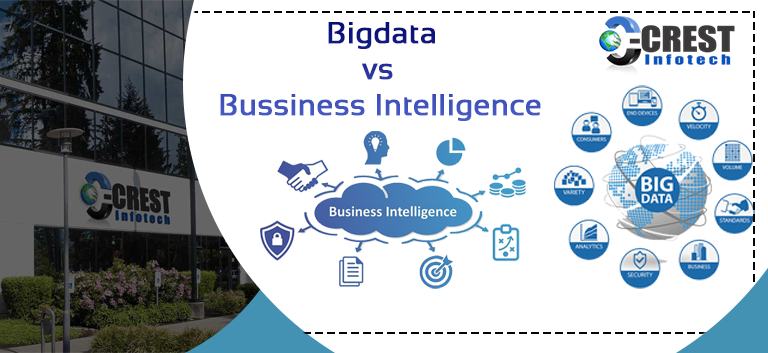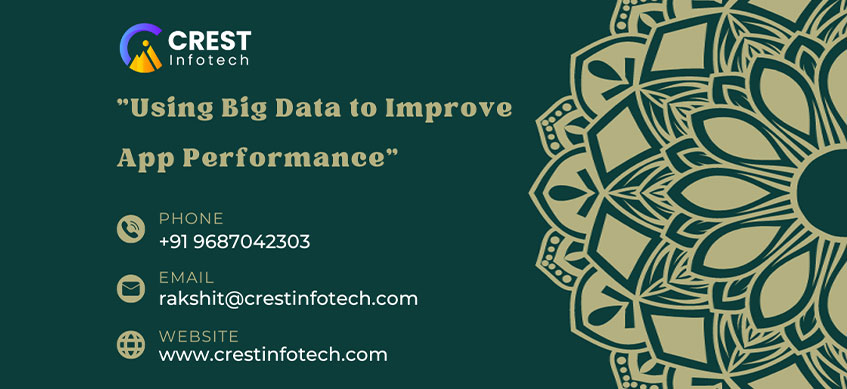It can be a minefield to deal with big data! The volume of data generated on a daily basis is rising exponentially and the preservation and security of this information is of utmost importance as our customers are only too aware. As more businesses find themselves accruing large quantities of data, it is something that must be seriously considered to figure out the most business-appropriate way to store their information.
Some people can recall their collections of photographs, records, songs, and so on…
Small and medium-sized businesses need systems for storing massive quantities of quotes and invoices, data warehouses are often referred to as big data, and techies think of Hadoop and Map Reduce…
Big data, on the other hand, is more than what you’ve just heard. Big data isn’t just about large volumes of data or how we consume it; it’s also about the structure of the data in order to provide added value to the enterprise.
Big data, on the other hand, is much more than what you’ve just read. Big data isn’t just about large volumes of data or how we ingest it; it’s also about the structure of the data and how it can be used to bring value to an enterprise.
Millions of records are processed per second on social media sites like Twitter and Facebook, as well as technical networking platforms like LinkedIn.
Intelligent devices, such as smart energy metres, tablets, GPS trackers, and hospital heart rate monitors, communicate with one another and store useful data.
RFID tags and sensors embedded in goods provide a good image of complex circumstances.
Customers were viewed differently by online retailers a few years ago. When trying to understand a customer, it was important to know not just what they purchased, but also what items they looked at, how long they spent on a particular webpage, how promotion emails affected buyers, how they navigated the website, and so on.
Because of the digital revolution, it is now possible to incorporate people’s views and other data into the process of gaining a better understanding of consumers. Consider getting a text message while walking past a large sports equipment retailer saying that the bike you liked on Facebook last week will now be available for half the price. By harnessing the power of big data, this could be possible.
Big data is often referred to as the “successor” to Business Intelligence, but is this true?
The key feature that both systems have in common is that they exist to address business questions. Big Data, on the other hand, can and does go beyond conventional BI systems. For one of the so-called V’s (Value), big data analytics are similar to BI analytics, but they vary slightly in the other three:
Variety:
Data can be divided into three categories: structured (data from data structures created from data models), semi-structured (data that conforms to some kind of structure but does not have a data model), and unstructured (data that does not conform to some kind of structure but does not have a data model) (data with no pre-defined data model).
BI is restricted to structured data, while big data can handle any type of data (database tables, XML, audio- and video-files, etc.). One of the main differences between Big Data and BI is the ability to handle unstructured data.
Volume:
90% of the data in the world today was generated in the last two years. This influx of new data allows businesses to deal with large amounts of data (gigabytes, terabytes, petabytes, etc.) in a single data set.
Big data can also be handled by BI-specific technology such as data warehouse appliances, column and in-memory databases, so the question is whether the problem is volume and accuracy, variety and complexity, or a combination of the two.
The frequency with which data is produced or delivered is referred to as velocity. The majority of data warehouses are created using batch-oriented data flows or data aggregated in virtual databases (data virtualization). Big data, on the other hand, allows you to process data sources in real-time or near real-time, allowing you to (re)act faster than your rivals.
In general, traditional BI can answer the “what and where” questions and big data analytics replies to “why and how”.
You can use big data technology to speed up your data warehouse and make it more fault-tolerant, explore and discover new insights in your industry, speed up time-sensitive processes, and make faster decisions when you use them in conjunction with your current data warehouse initiatives.
The majority of data warehouses use temporary storage locations where data from various sources is transferred before being loaded into the data warehouse. These are often referred to as staging areas. New data sources (semi-structured and unstructured) can be used to generate metrics that can be loaded into the current data warehouse by replacing this data staging area with a big data file system.
Unstructured data, such as tweets or customer feedback, can provide the information needed to explore new insights and ideas, as well as provide answers to long-standing questions. You’ll be able to delve deeper into the BI system’s why, where, when, and how questions.
The overall image Big data will not replace the current BI system, but it will offer unique opportunities if you can combine the power of both technologies. It will broaden your data view, allowing you to examine even more accurate and full data.
You can also Hire Dedicated Developer and Hire Dedicated Designers. Contact Crest Infotech to know more about Dedicated Development and Designing services in Details.



